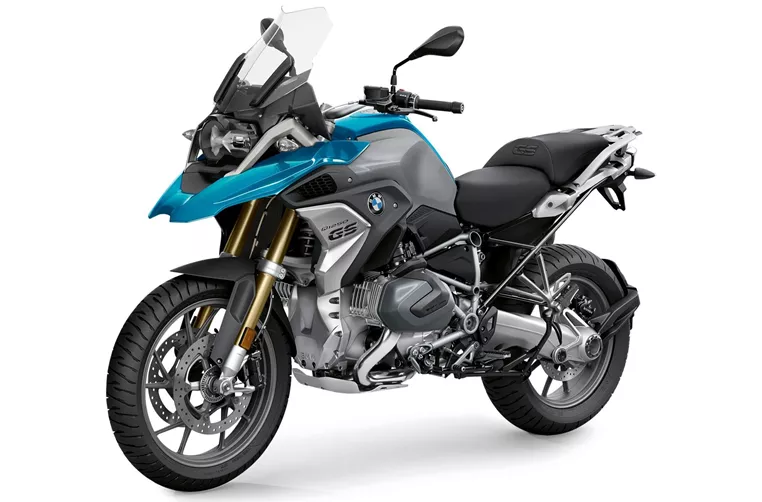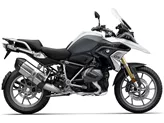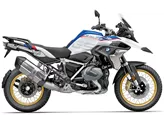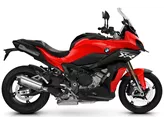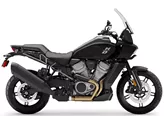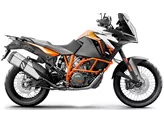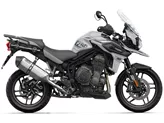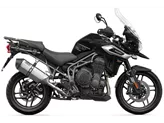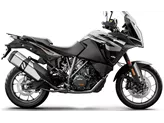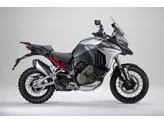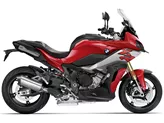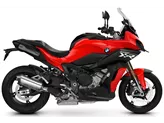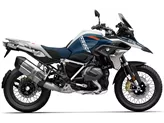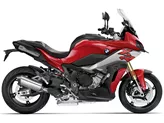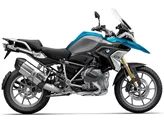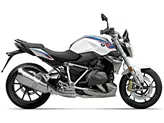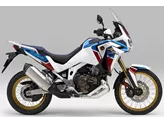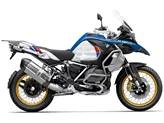BMW S 1000 XR 2016 vs. BMW R 1250 GS 2020

BMW S 1000 XR 2016
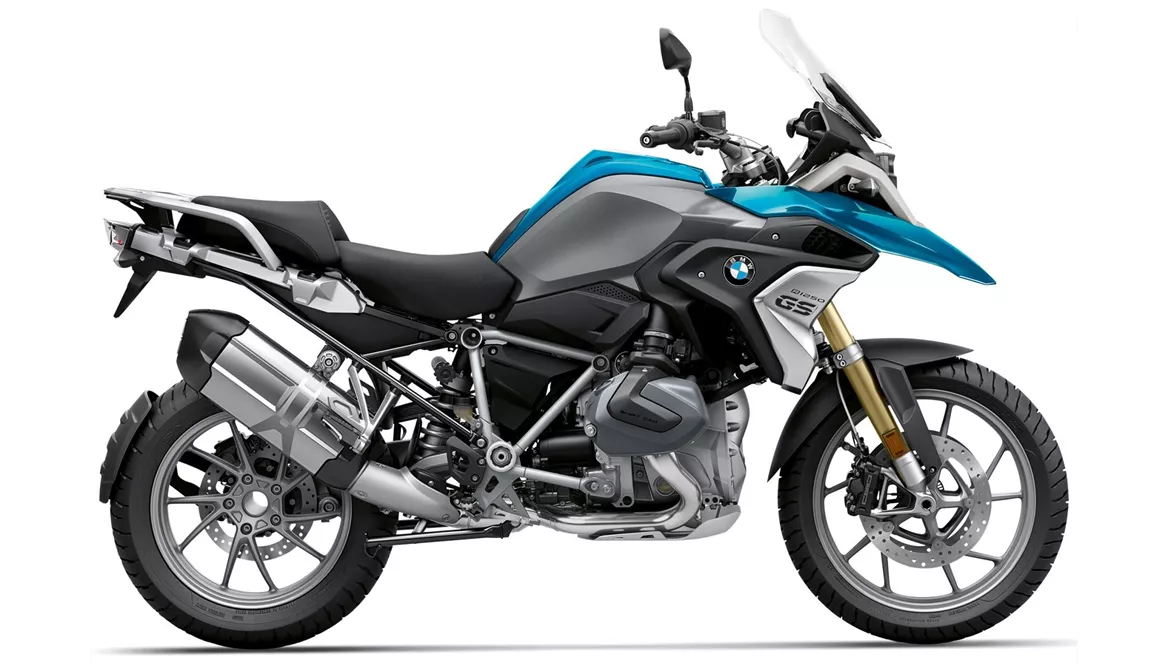
BMW R 1250 GS 2020
Vue d’ensemble - BMW S 1000 XR 2016 vs BMW R 1250 GS 2020
The BMW S 1000 XR 2016 and the BMW R 1250 GS 2020 are both sport touring motorcycles from BMW, but they have some key differences in terms of their technical specifications and features.
Starting with the engine and drive train, the BMW S 1000 XR 2016 is equipped with an in-line, 4-cylinder engine with a displacement of 999cc. It produces 160 horsepower and 112 Nm of torque. The engine is mated to a chain transmission. On the other hand, the BMW R 1250 GS 2020 features a boxer, 2-cylinder engine with a displacement of 1254cc. It delivers 136 horsepower and 143 Nm of torque. The engine is paired with a prop shaft transmission.
In terms of suspension, the BMW S 1000 XR 2016 comes with a telescopic fork front suspension and a swing arm rear suspension. Both the front and rear suspensions have adjustable compression and rebound settings. On the other hand, the BMW R 1250 GS 2020 features a telelever front suspension and a single swing arm rear suspension. The front suspension has preload adjustment, while the rear suspension has preload and rebound adjustment.

BMW S 1000 XR 2016
In terms of chassis, the BMW S 1000 XR 2016 has an aluminum frame with a twin tube design. The BMW R 1250 GS 2020, on the other hand, has a steel frame with a load-bearing engine design.
Both motorcycles are equipped with double disk brakes at the front, featuring radial technology. This ensures stable braking performance for both models.
In terms of advanced rider assistance systems, both motorcycles come with ABS. The BMW S 1000 XR 2016 also features traction control, while the BMW R 1250 GS 2020 adds anti-slipping control, riding modes, and ride by wire technology.
In terms of dimensions and weights, both motorcycles have a front tire width of 120mm and a rear tire width of 190mm (BMW S 1000 XR 2016) and 170mm (BMW R 1250 GS 2020). The front tire diameter is 17 inches for both models, while the rear tire diameter is 17 inches for the BMW S 1000 XR 2016 and 19 inches for the BMW R 1250 GS 2020. The wheelbase is slightly longer for the BMW S 1000 XR 2016 at 1548mm compared to 1525mm for the BMW R 1250 GS 2020. The seat height is also slightly higher for the BMW R 1250 GS 2020 at 850mm compared to 840mm for the BMW S 1000 XR 2016. The kerb weight with ABS is higher for the BMW R 1250 GS 2020 at 249kg compared to 228kg for the BMW S 1000 XR 2016. Both motorcycles have a fuel tank capacity of 20 liters.
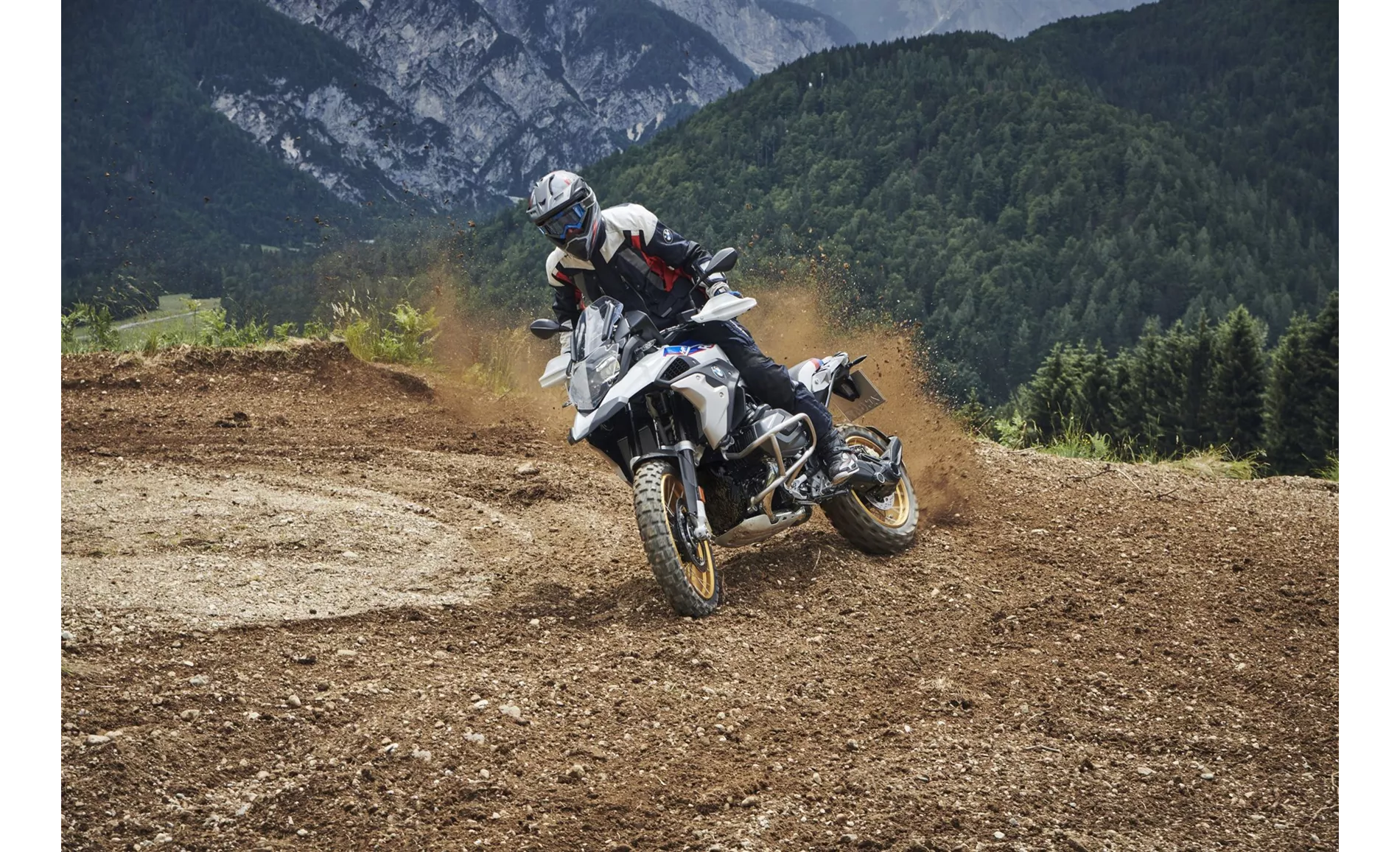
BMW R 1250 GS 2020
In terms of strengths, the BMW S 1000 XR 2016 is praised for its sharp engine, sharp design, high-quality workmanship, stable road holding, ABS and ASC standard, comfortable seat, and successful ergonomics even for tall riders. On the other hand, the BMW R 1250 GS 2020 is praised for its extremely high-torque boxer engine, good sound, comfortable seating position suitable for long distances, stable braking performance, good weather protection, color TFT display standard, and LED headlights.
In terms of weaknesses, the BMW S 1000 XR 2016 is noted for slight vibrations from the engine and could have better wind protection. The BMW R 1250 GS 2020 is mentioned to have manageable standard equipment and a long surcharge list, as well as a jagged appearance with little elegance.
Overall, both the BMW S 1000 XR 2016 and the BMW R 1250 GS 2020 have their unique strengths and weaknesses, offering different riding experiences and features for sport touring and enduro enthusiasts.
Caractéristiques techniques BMW S 1000 XR 2016 par rapport à BMW R 1250 GS 2020
Avantages et inconvénients en comparaison
Avantages et inconvénients en comparaison
BMW S 1000 XR 2016

La BMW S 1000 XR est une moto de performance à la finition exceptionnelle et au fier pedigree, qui brille par ses qualités touristiques impeccables et ses solides aptitudes au voyage. Un large choix d'accessoires permet d'orienter la moto encore plus vers le sport ou de l'équiper pour les grands voyages. Avec l'ABS et l'ASC de série, on est toujours du côté de la sécurité et on reste toujours détendu grâce à l'ergonomie agréable. Il ne faut pas confondre la XR avec un enduro pour le tout-terrain, mais plutôt avec l'évolution d'une moto de sport.
BMW R 1250 GS 2020
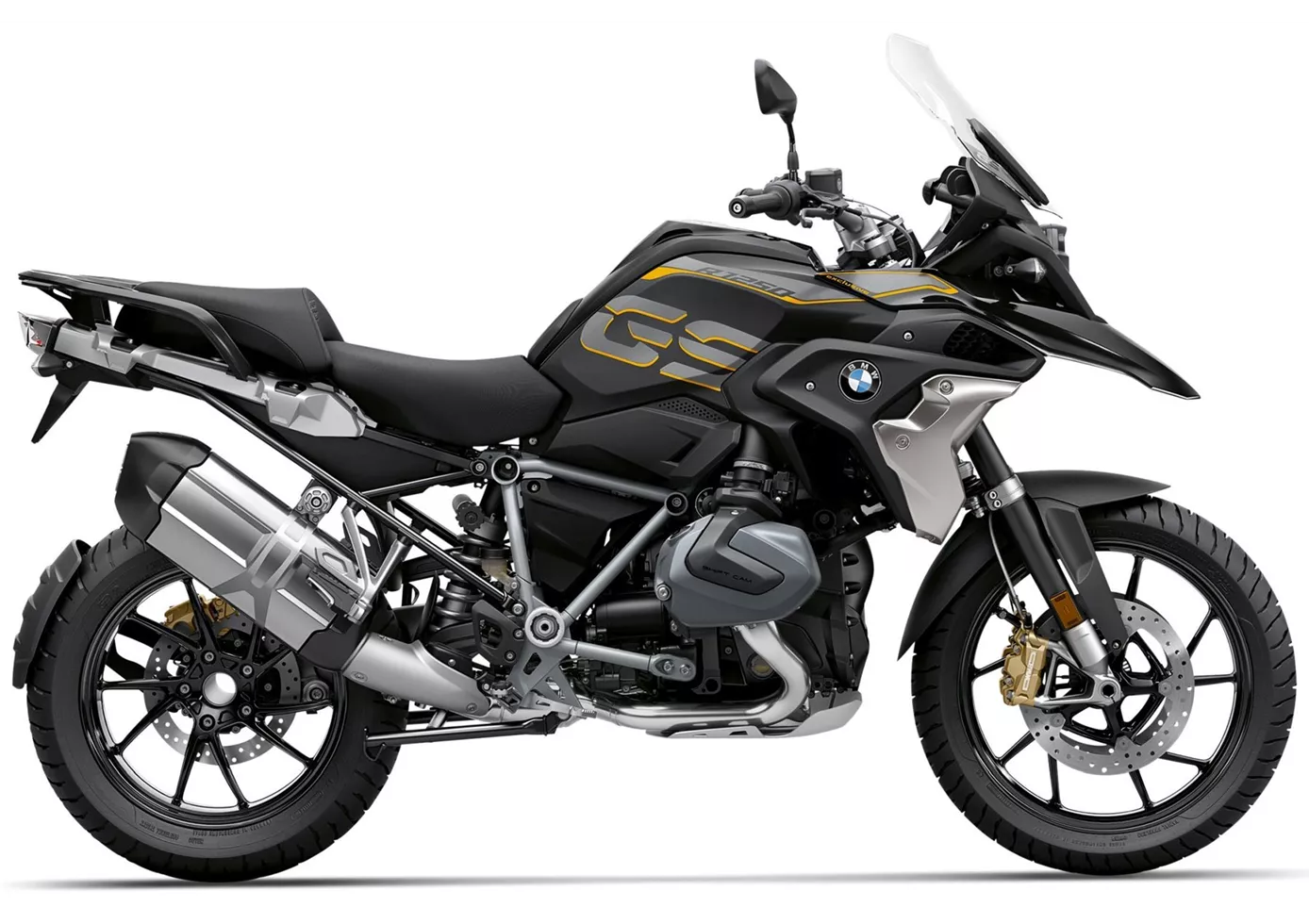
La BMW R 1250 GS est l'évolution logique de la R 1200 GS - logique surtout parce qu'on ne peut pas s'attendre à ce qu'une moto aussi populaire soit radicalement modifiée. En conséquence, le design est modifié avec précaution et les options connues sont conservées pour le châssis et l'électronique. Le nouveau nom R 1250 GS promet cependant un nouveau moteur - et il a effectivement de quoi faire ! 136 ch à 7750 tours et pas moins de 143 newtons-mètres de couple maximal à 6250 tours, c'est une véritable bombe ! BMW rénove ainsi presque parfaitement la grande GS : elle reste clairement identifiable, dispose d'un peu plus d'électronique de série, d'une liste de prix supplémentaires toujours aussi longue (que la clientèle aime cocher de A à Z) et d'un moteur encore plus performant et souverain - que peut-on demander de plus ?
Comparaison des prix Prix moyen du marché BMW S 1000 XR vs BMW R 1250 GS
There are a few key differences between a BMW S 1000 XR 2016 and a BMW R 1250 GS 2020. In terms of price, the actual average price of a BMW R 1250 GS 2020 is about 56% higher. A BMW S 1000 XR 2016 experiences a loss of 970 USD in one year of ownership. This is offset by a loss of 590 USD for a BMW R 1250 GS 2020. Compared to BMW R 1250 GS 2020 there are less BMW S 1000 XR 2016 bikes available on the 1000PS.de Marketplace, specifically 19 compared to 71. It takes less time to sell a BMW R 1250 GS with 43 days compared to 89 days for the BMW S 1000 XR. Since model year 2015 1000PS.de editors have written 40 reviews for the BMW S 1000 XR and 50 reviews for the BMW R 1250 GS since model year 2019. The first review for the BMW S 1000 XR was published on 10/21/2014 and now has more than 16,000 views. This compares to more than 305,600 views for the first review on BMW R 1250 GS published on 9/19/2018.

